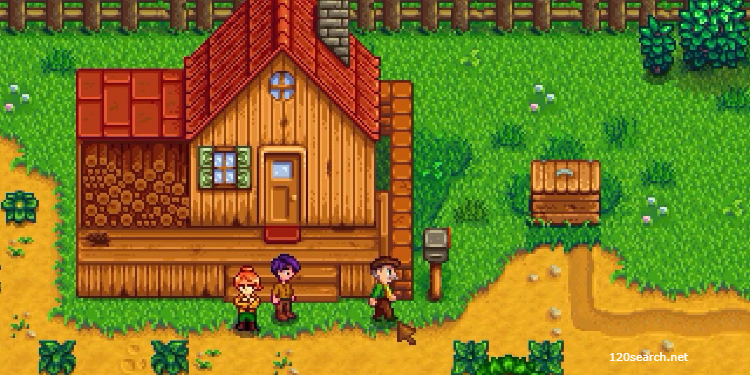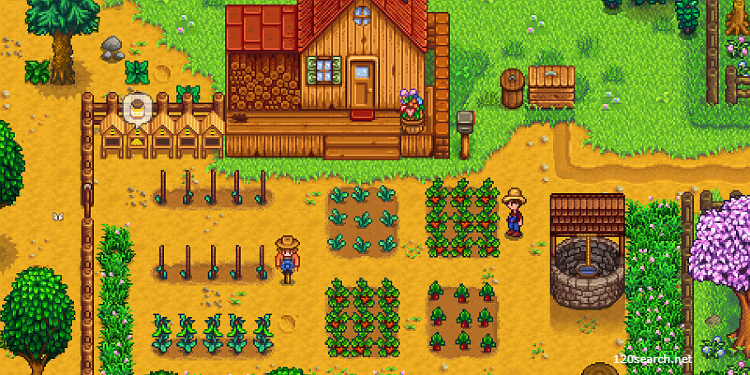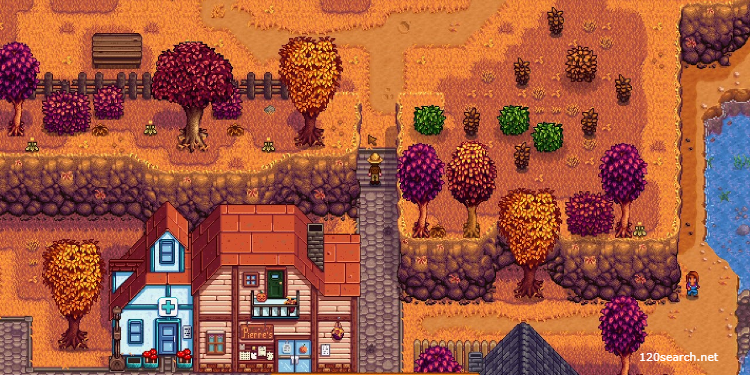In the charming world of Stardew Valley, agriculture is the key to success. Players who wish to amass wealth to enhance their farm and resources need to strategize their crop planting each season. Each type of produce offers varying degrees of profit, and here's a guide to what you should plant for maximum returns as the seasons change.
Spring Harvest: Start Strong with These Selections
As you step into the role of a farmer in Stardew Valley, Spring presents you with the first opportunity to lay the foundations of your agricultural empire. Limited funds mean that your seed choices are crucial:
- Cauliflower: Despite being somewhat expensive and taking twelve days to mature, cauliflower offers an impressive return on investment. Available at Pierre's store for 80 gold, these veggies sell for more than double their seed cost. If managed well, you'll have time to yield two profitable harvests before Spring ends.
- Strawberry: The king of Spring is undoubtedly the strawberry, though it shines brightest from your second year since its seeds become available mid-season. Priced at 100 gold, the berries sell for around 120 gold, but the real payoff comes from their recurring four-day yields after an initial eight-day growth period. Buying and storing seeds for early Spring planting can secure you a windfall.
Remember, utilize fertilizers, especially the Deluxe Fertilizer, to achieve even higher crop qualities, thus fetching better market prices.

Summer's Bounty: The Cream of the Crop
With a broader range of seeds at your disposal in Summer, your farming strategy becomes all the more critical:
- Corn: Unique in its ability to span over the Summer and Fall seasons, corn is a farmer's best friend. Planting it at Summer's start for 150 gold, each stalk sells for 50 gold, with the potential for up to 11 harvests. It's a long-term investment that continues to pay off into the next season.
- Hops: Initially, hops might not seem lucrative with an 11-day growth cycle, a 60 gold cost, and a resale of 25 gold. Yet, their true value lies in conversion to Pale Ale, a process that significantly amplifies your profit margins.
- Blueberries: The jewel of Summer is the humble blueberry. Seeds go for 80 gold, and each harvest yields 50 gold per berry, with a single seed producing triple that. You can harvest up to four times per season, culminating in a profit of 520 gold per plant.

Fall's Riches: The Season of Abundant Returns
Fall is Stardew Valley's golden season for farmers, offering the most profitable and diverse choice of crops:
- Pumpkins: Although expensive and not multi-harvest, pumpkins at 320 gold per sale are amongst the most valuable crops. They take 13 days to grow, with a chance of becoming giant crops that provide an excess yield.
- Yam: Yams are a smart economic choice, considering they cost less, mature relatively quickly, and sell for more than double their seed price. A planting cycle of ten days allows multiple plantings and harvests within the season, ensuring healthy profits.
- Cranberries: But the crown of Fall goes to cranberry crops. A single seed is priced at a hefty 240 gold and each harvest brings in 75 gold per berry. Although they produce just two berries at a time, early planting can secure up to five harvest cycles throughout Fall, amounting to a seasonal profit of around 510 gold per plant.

Navigating Winter's No-Crop Challenge in Stardew Valley
When the chill of Winter descends upon Stardew Valley, farmers face the chilling reality that their fields will lie dormant. With no crops to sow, alternative income sources become vital. Fortunately, the resourceful player has options to sustain their farm's profitability through the coldest season.
Erecting the Greenhouse - A Winter Oasis
One of the most effective strategies is to unlock the Greenhouse by completing the Pantry bundles for the Community Center. The Greenhouse serves as a warm sanctuary where crops can thrive despite the frosty weather outdoors. Though space is limited within its glass walls, it becomes an essential plot of land for continuous growth and income throughout Winter.
Brewing Profits with Ancient Fruit and Hops
For the foresighted farmer, having stockpiled Hops and the coveted Ancient Fruit from previous harvests is a boon. These ingredients, rather than being sold immediately after harvest, can be transformed within the confines of a keg into high-value commodities: Ancient Fruit Wine and Pale Ale. These artisan goods command a premium price, providing substantial revenue when crop sales are not an option.
By focusing on these winter strategies, players can ensure their farm's prosperity and navigate the barren cold with financial warmth. The Greenhouse and kegs become indispensable tools in maintaining a steady income flow, helping players to continue flourishing in Stardew Valley's cyclical agrarian economy.
By carefully selecting your crops with the top choices for each season, success in Stardew Valley's agricultural market is well within reach. Strategize your seed purchase harvest schedules, and don't forget to enhance your soil with fertilizers for the best quality produce. Happy farming!







